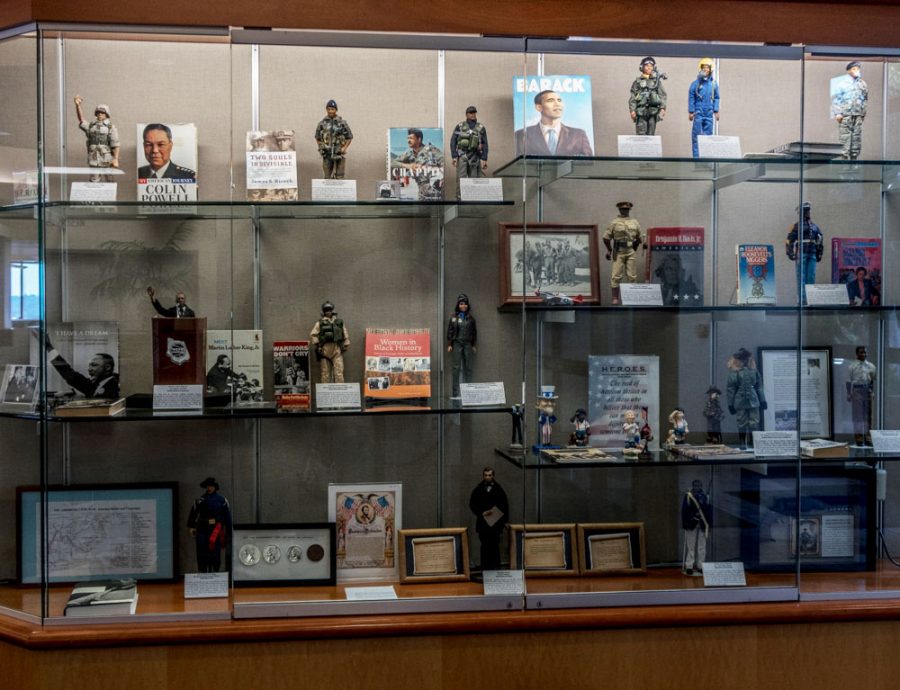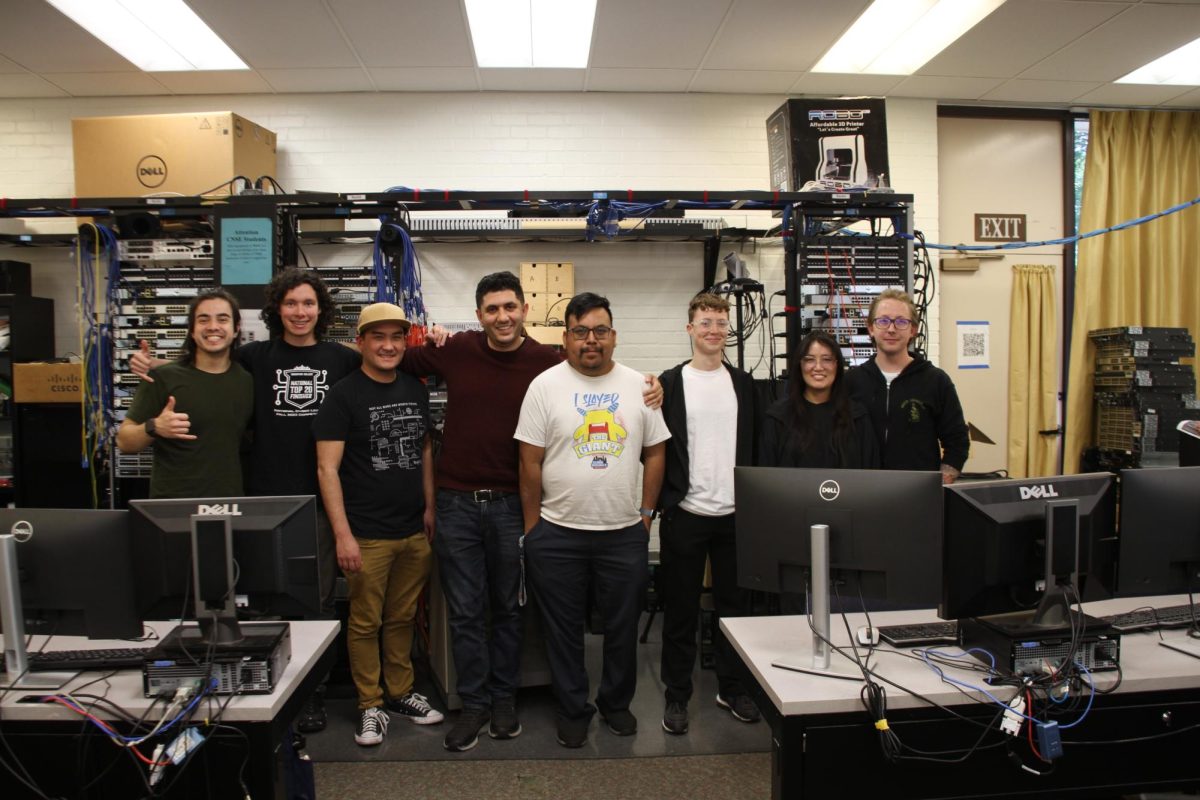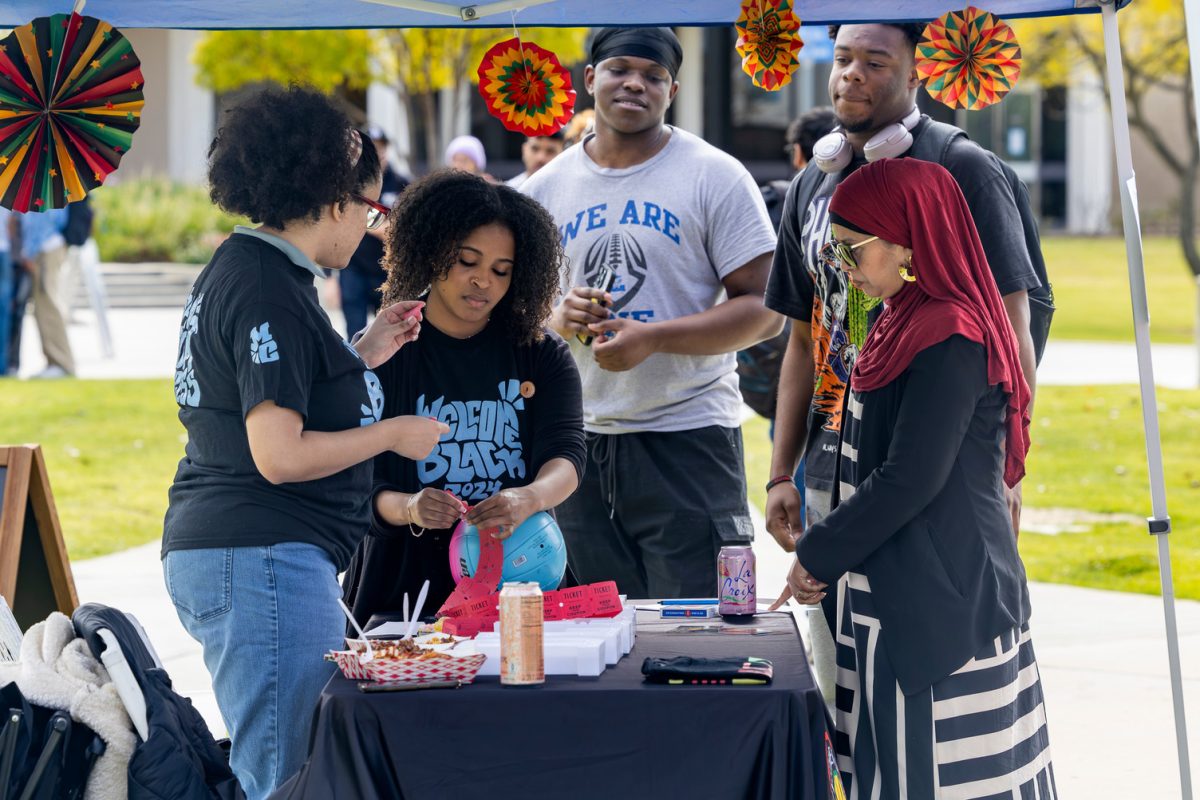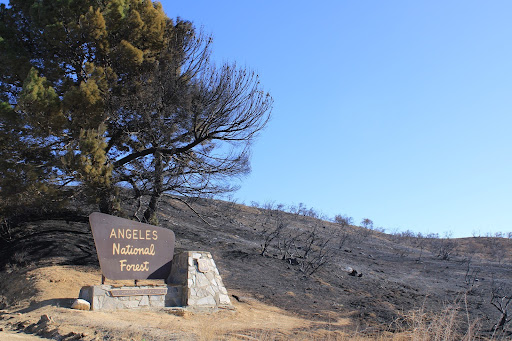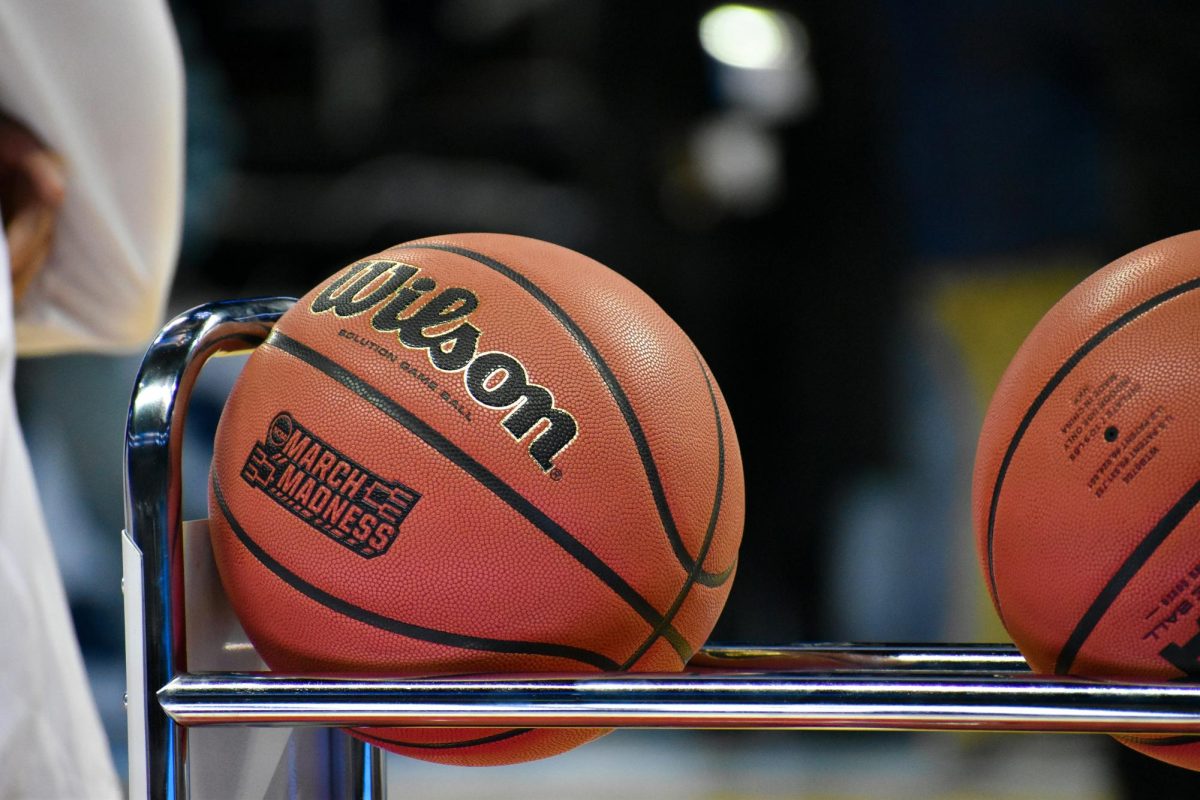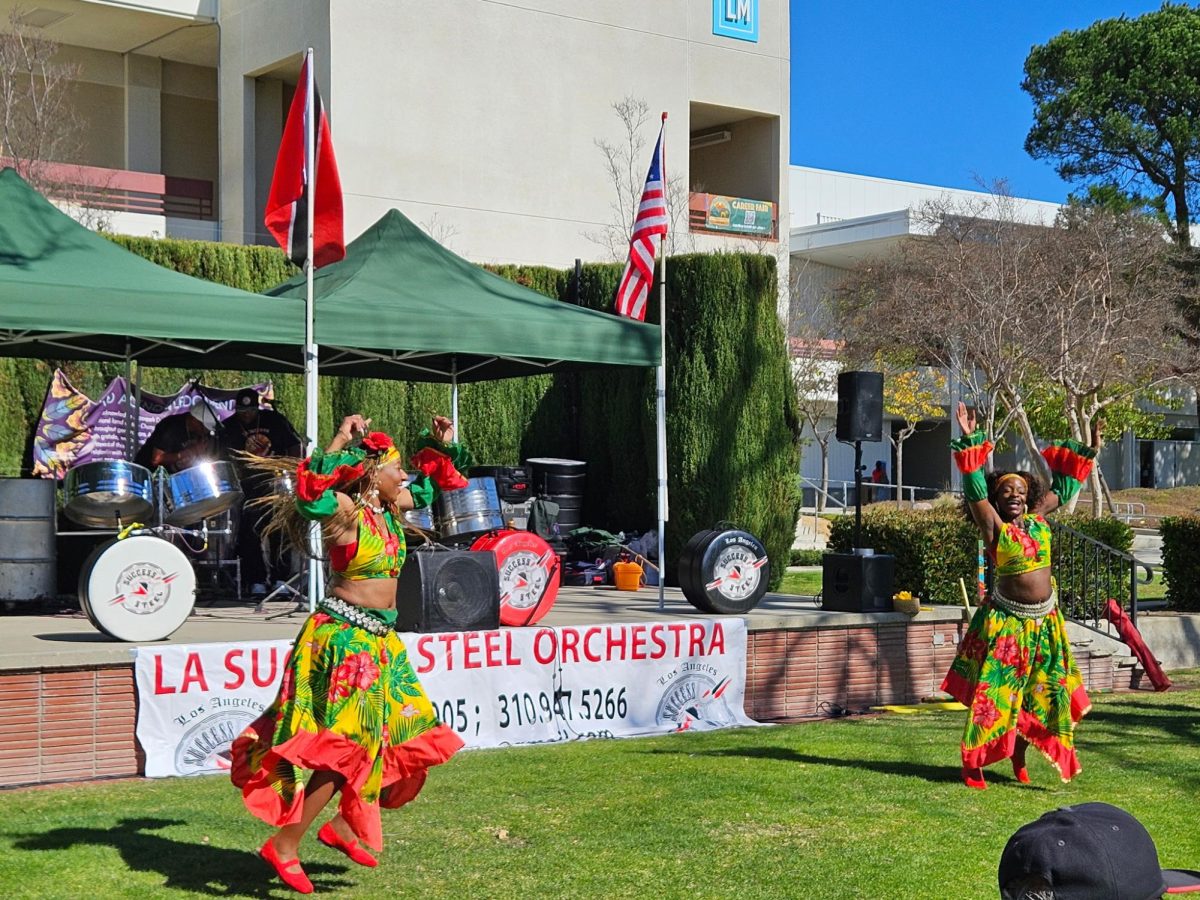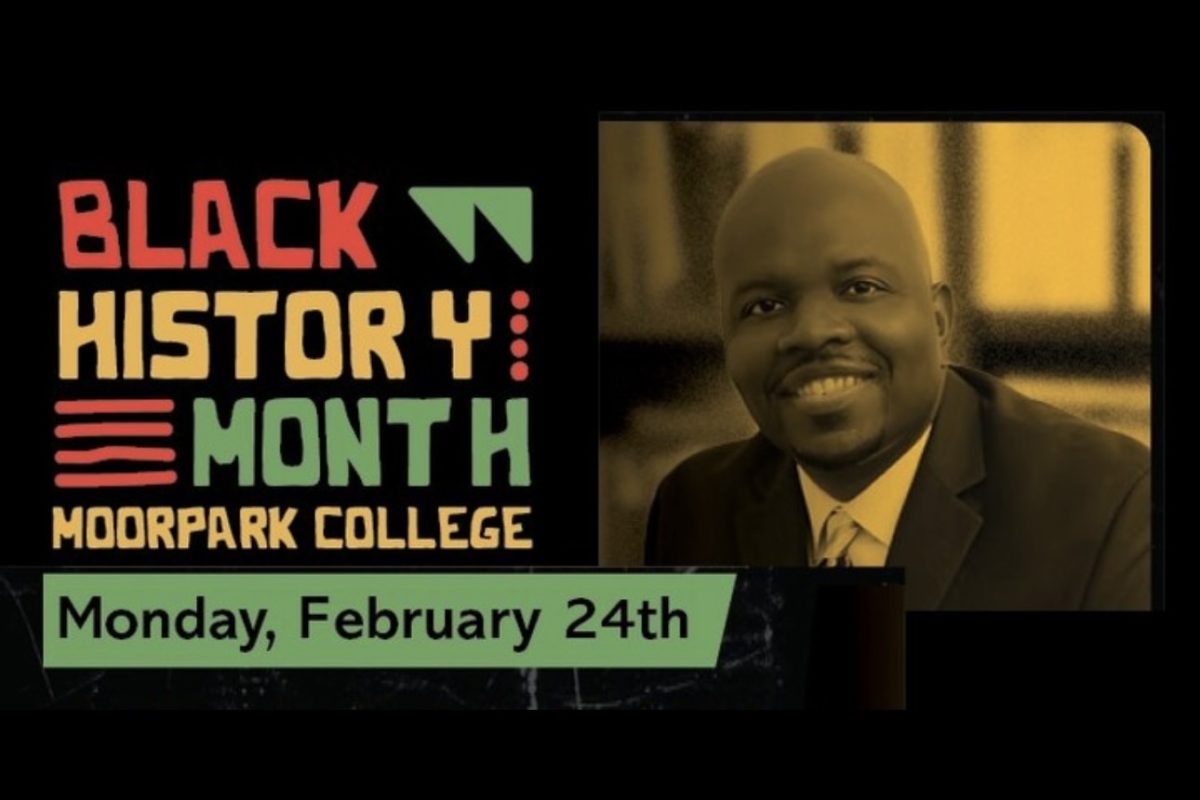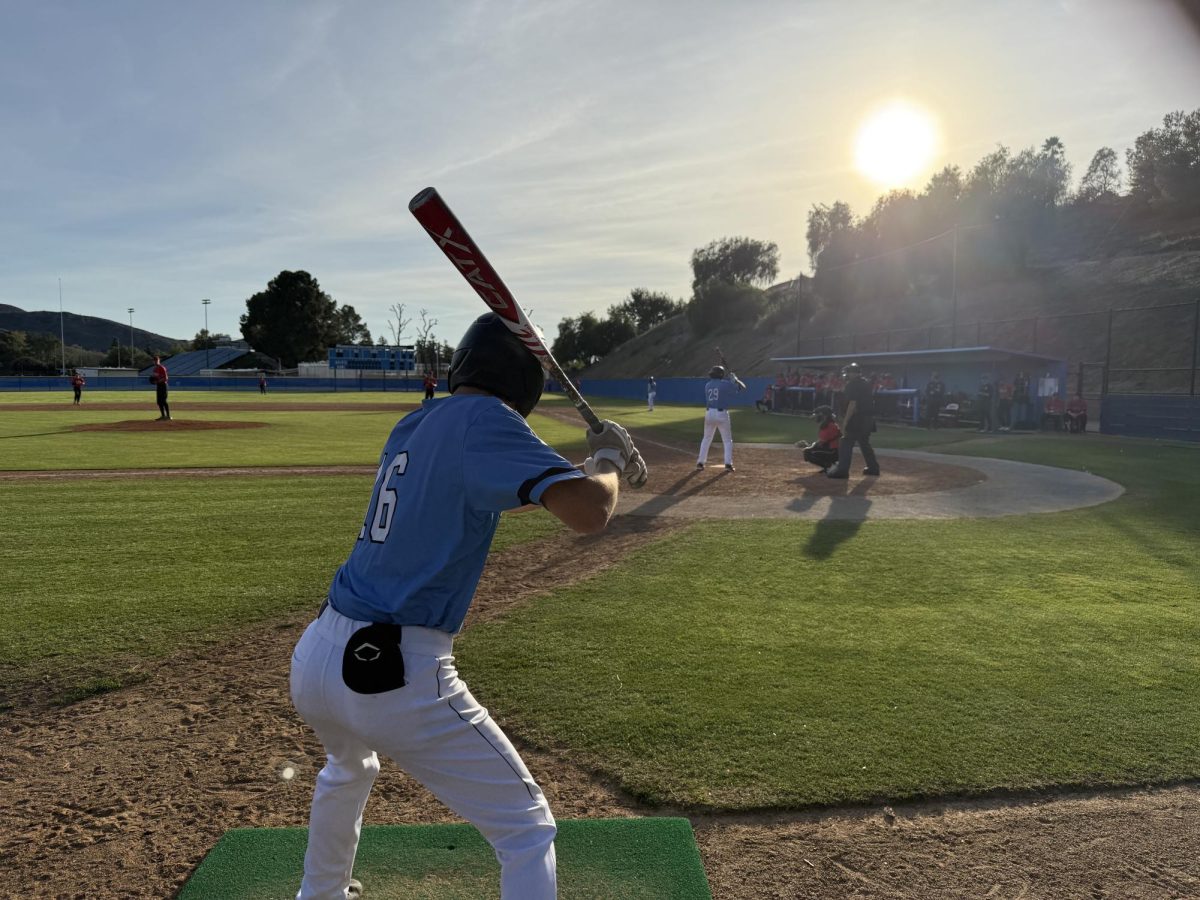During Black History Month, when the spotlight is shining on widely-known African-American figures, it can be easy to overlook the lesser known individuals who contributed to America’s history.
Lawrence D. Lee and his organization, H.E.R.O.E.S. (Honoring Excellence Regardless of Ethnic Stigmas), work to reverse the lack of knowledge with displays.
As part of his work, Lee creates 1/6th size models of military and law-enforcement individuals to honor minorities who broke down social barriers.
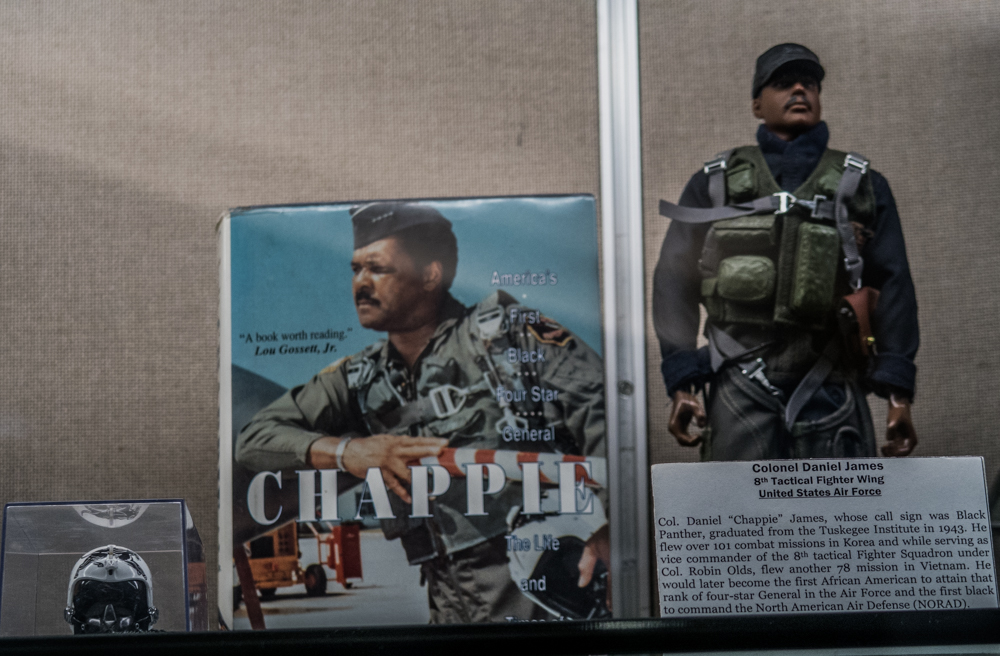
Starting from the Revolutionary War to modern times, Lee compiles a group of historical individuals and displays their photograph and achievements.
These figures range from Frederick C. Branch, the first African-American in the Marine Corps to be commissioned as an officer, to Major General Colonel Stayce Harris, the second African-American woman to pilot for the United States Air Force.
This passion for promoting influential but overlooked minorities in American history started back in 1999. Lee’s daughter was writing a report for Black History Month and her classmates had already selected the Tuskegee Airman and another well know African-American figure.
“I started doing some research, and it launched me into the Buffalo Soldiers,” Lee said. “I started looking at some of the stories, and what struck me as interesting was some of these stories had never been told, because they were African-Americans.”
Lee noticed that many important African-Americans and other minorities being overlooked in our society are rooted from racial stigmas.
Chris Taylor, an African-American student at Moorpark College, acknowledged that there has been progress but knows this is an ongoing struggle.
“There is inequality happening on a daily basis, so it’s one step at a time,” Taylor said. “I think [there will be equality] beyond just black people, for all different ethnicities. Black people tend to be the first ones brought up, but they are not the only ones going through that struggle.”
According to Lee, African-Americans’ desire to be recognized is important, but their greater desire is to be integrated more into America through military or civil service.
“I found that the real character of true heroism was in the fact that it’s not so much whether people are talking about you,” Lee said. “But this desire to be inclusive in the process of war, or just serving this country.”
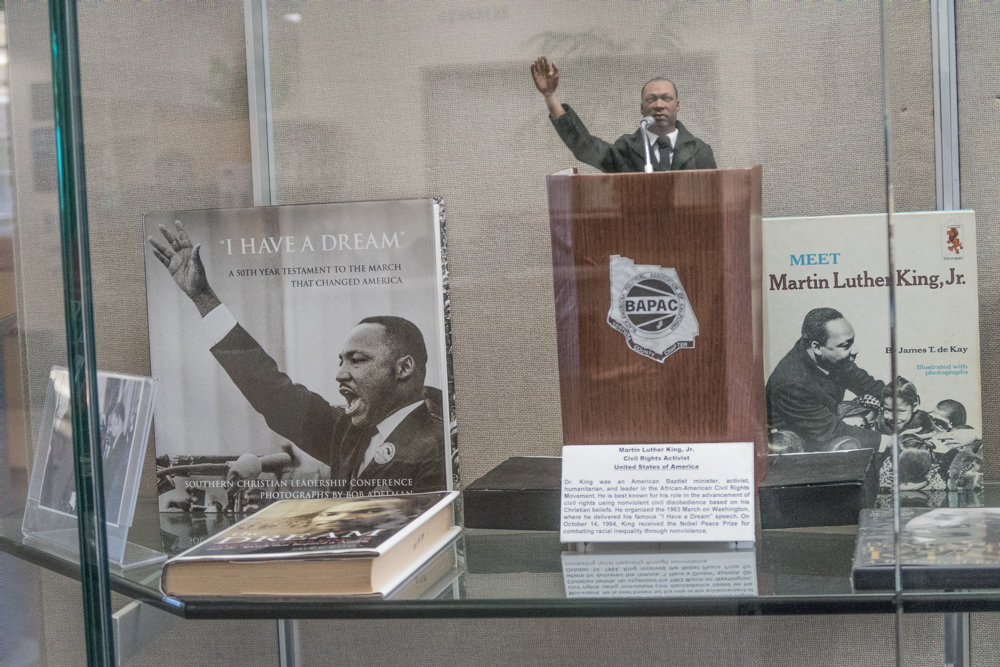
Even though the display is mainly honoring soldiers and law-enforcement, it is meant to show Americans the things we can accomplish by eliminating prejudices and becoming a more open-minded society.
Lee said he had received push back from a local school district because they thought he was promoting war and encouraging children to enlist. However, his display is not only about military service. He wants to educate the community about what people can accomplish when faced with adversity.
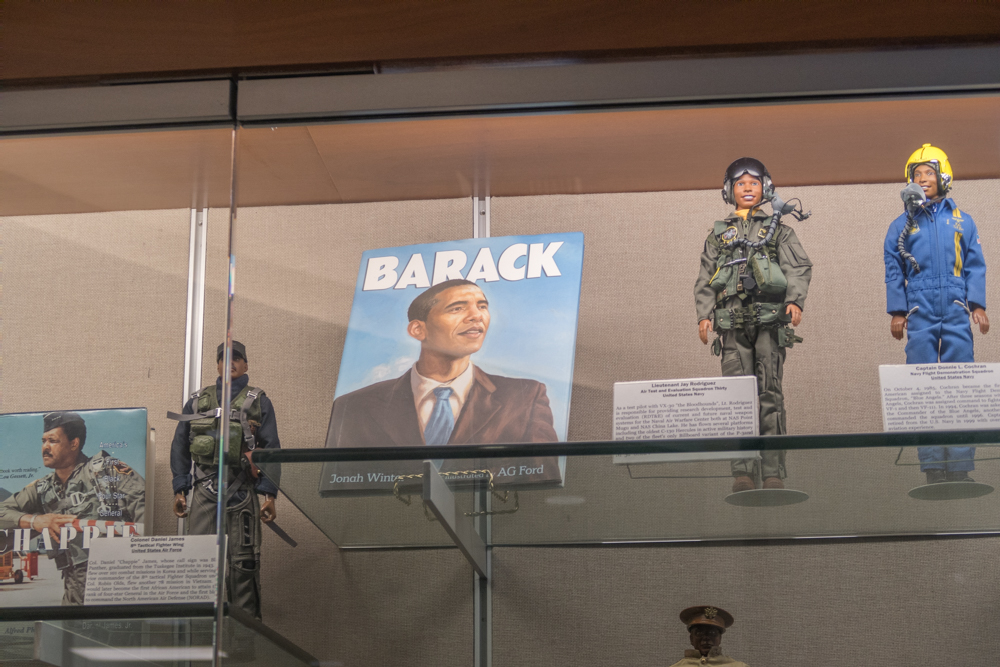
Tim Lumas, Moorpark’s Criminal Justice professor and long-time friend of Lee, was the one who recommended Lee’s work to the library. Lumas spoke on the importance of this kind of display for the representation of African-Americans.
“I hope [Lee] continues to come here and people continue to embrace what he has to show,” Lumas said. “At the end of the day, I wish that because of these types of displays, [African-Americans] can go about [their] ways and have a positive difference in someone’s life every day.”
As part of his organization, Lee also does community outreach and presents his work for all ages and teaches youth groups.
On the future of his organization, Lee states that he wishes to educate people on the importance of unity between all ethnicities. Lumas has already scheduled Lee and his miniatures to return next year.
“I want someone to question and ask themselves, ‘am I a contributor or a detractor from society?'” Lee asked. “My desire is that it would launch those who view it to question it, to research, to ask themselves ‘what can I do to make society better?'”
For questions about the display or Lee’s organization, contact him at TruBlueBoy9@gmail.com

